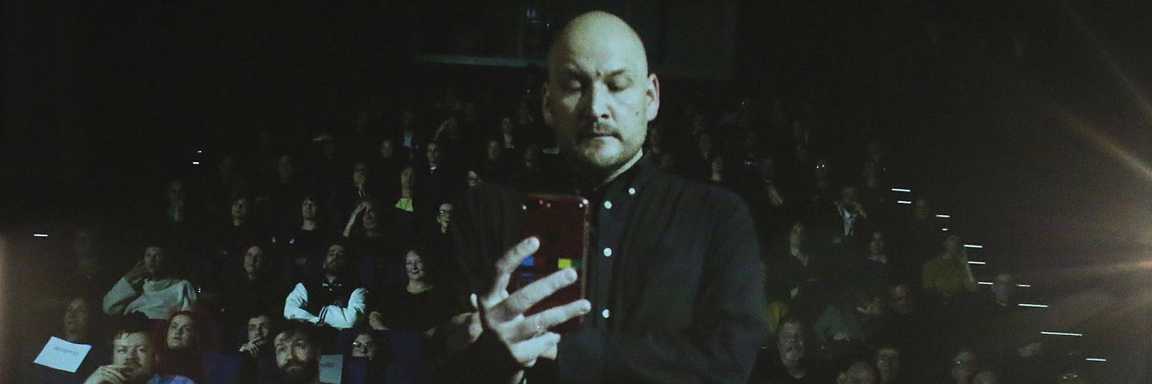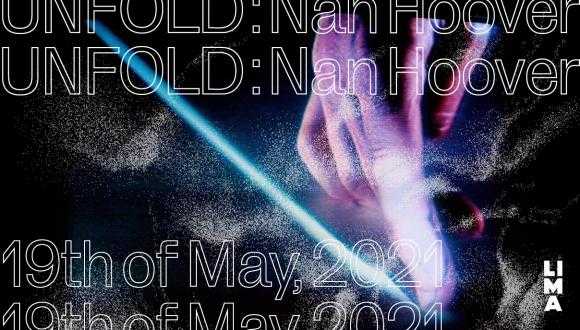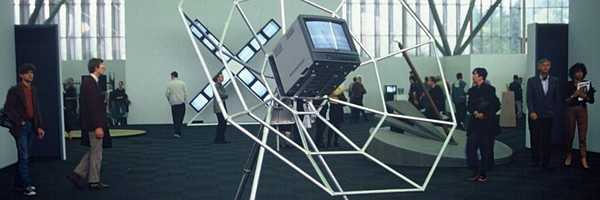
Reinterpretation
Learn more about reinterpretation as a strategy of preserving artworks.
Reinterpretation is often described as the most extreme form of preservation, as it sets aside the concept of historicity and focuses instead on transmitting an artwork’s core meaning.
Due to the ephemeral and rapidly evolving nature of media art, its preservation strategies are often grounded in technical approaches such as migration and emulation. Besides these approaches, LI-MA researchers also use reinterpretation as a preservation strategy for media art. Every re-interpretation is a translation into a new, often contemporary context, a re-activation of the work or archive. Reinterpretation is integral particularly in the fields of music, dance and theatre, where scripts, memory or score are an essential part of the artistic practice.
Reinterpretation also allows for a more dynamic engagement. It enables artists and curators to explore new ways of presenting and interacting with a work. This adaptability ensures that media art remains a living, evolving form of expression rather than a static relic of the past.
Audience / Performer / Lens (2018) - Emile Zile Reinterpretation of Dan Graham's Audience / Performer / Mirror (1977) at Unfold 2020.
(Re)Contextualising Artworks
Reinterpretation, as just outlined, addresses the preservation of context. Through reinterpretation, media artworks can be adapted for presentation on contemporary technology, ensuring their continued accessibility and relevance.
Media artworks often rely on specific cultural, technological, or social contexts. By reinterpreting these works, we can capture and convey the original context, providing valuable insight for future generations while ensuring that the intended message and impact of the work are preserved for all time.
Unfold
Since 2016, LI-MA has put reinterpretation on the map as an artistic and conservation strategy. The interdisciplinary, international project UNFOLD has taken as central the processes of contextualising, documenting, analysing, understanding, embodiment and transferring digital culture.
Read more
If you wish to enquire what LI-MA can do for the reinterpretation of your work, please use the contact form below. For more information regarding LI-MA's research and expertise on reinterpretation, please visit the UNFOLD project page and other relevant articles linked below.









